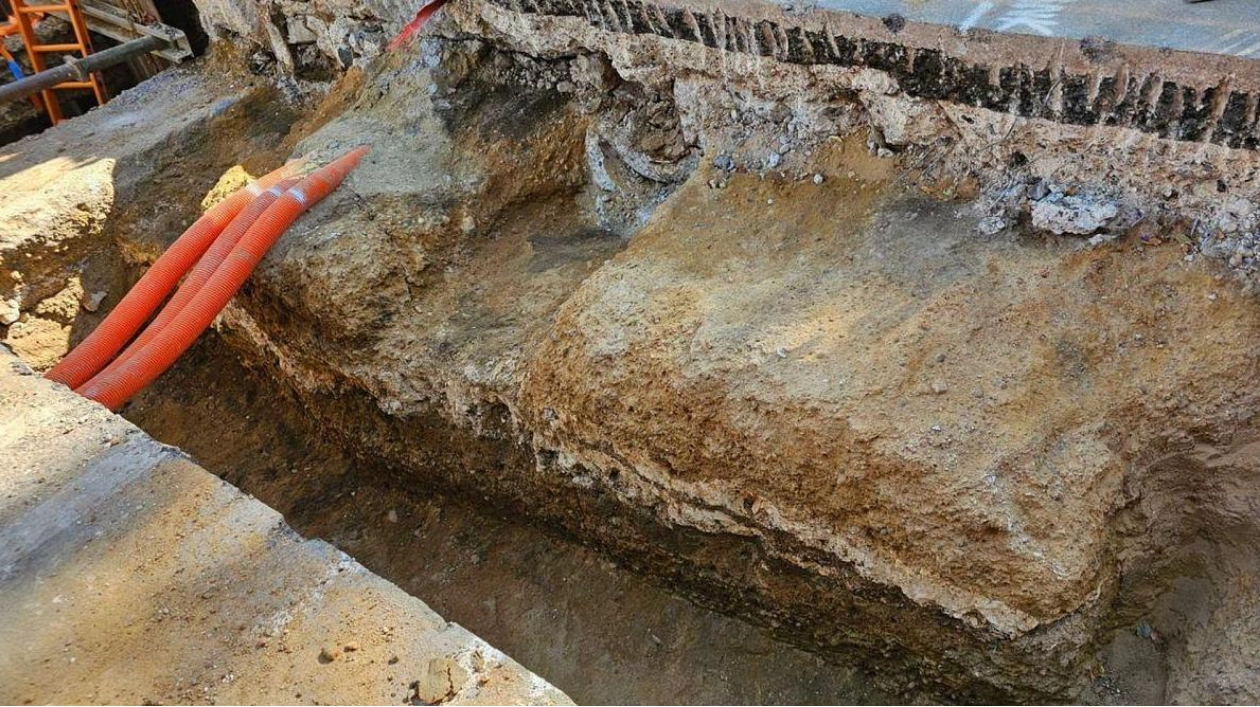A remarkably well-preserved segment of Watling Street, one of Britain's most significant and renowned Roman roads, has been unearthed in south-east London, a discovery that archaeologists have hailed as 'remarkable.' This ancient thoroughfare, constructed shortly after the Roman invasion of Britain in AD 43, is believed to have originally spanned 276 miles, connecting the Roman port of Dover with Londinium (the capital of Roman Britain) and extending northward into the West Midlands. It served a crucial function in linking Roman Britain, even accommodating imperial dignitaries such as Emperor Hadrian in AD 122, who initiated the construction of the 73-mile-long wall that would later bear his name.
Watling Street has made numerous appearances in popular culture, from Geoffrey Chaucer's tale of medieval pilgrims journeying from London to Canterbury in 'The Canterbury Tales' to James Bond's drive along the road in Ian Fleming's novel 'Moonraker.' Despite its fame, the precise route of Watling Street through London has long eluded archaeologists and historians, obscured by centuries of urban development. This recent discovery beneath Old Kent Road, made in advance of efforts to expand Southwark's low-carbon heat network, provides vital clues about its course through the capital.
The uncovered section, located south of the junction with Ilderton Road, measures approximately 19ft (5.8m) wide and nearly 5ft (1.4m) high. 'The intact section of Roman Watling Street directly under the current Old Kent Road has redrawn the Roman road map for Southwark and provides insights into Roman construction techniques generally. It is a key finding for archaeological research in London,' explains Gillian King, the director of archaeology at RPS Consulting. To honor this discovery, Southwark Council plans to install a commemorative sign near the site on the Old Kent Road railway bridge.
Source link: https://www.euronews.com






